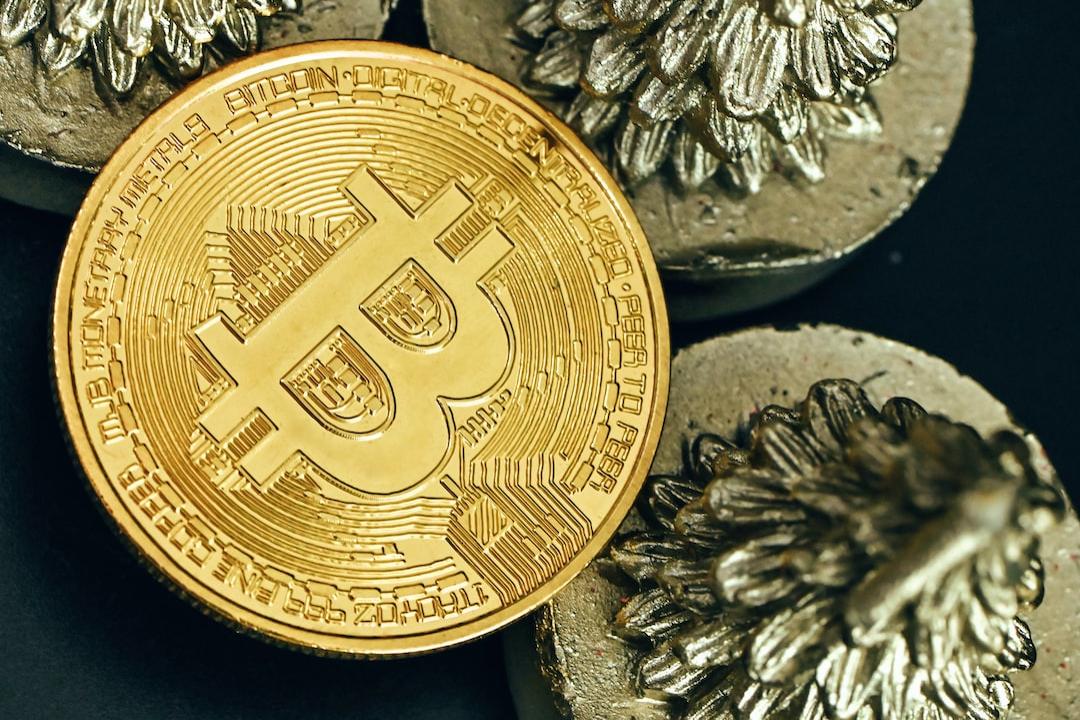Solana is currently working on implementing a software upgrade called Firedancer to enhance the speed and stability of its blockchain, which is at the core of its network. The core developers aim to achieve a “super majority” of the hashrate on the test network using an early version of Firedancer called Frankendancer by the end of the week.
This represents the largest test of Firedancer thus far and demonstrates its value for Solana’s architecture. Initially deployed in 2022 during network stress, Firedancer is expected to increase the blockchain’s throughput to one million transactions per second.
However, the adoption of Frankendancer, which combines the features of Firedancer with the Solana architecture, has not been easy. The platform initially experienced numerous crashes and bugs, but these issues have since been resolved, making the development process more reliable.
Kollen House, a long-time platform validator, views the current efforts to promote the project as a positive step for Firedancer. “The confidence to request 60% adoption on the testnet indicates maturity,” House stated.
At present, 30% of testnet validators are utilizing Frankendancer. The Solana Foundation has encouraged validators to switch to the new client through the delegation program. Failure to update their systems may result in validators losing their delegated stakes.
Potential Impact of Firedancer
Firedancer, developed by Jump Crypto, a trading firm specializing in blockchain technology, has the potential to significantly impact Solana. With its speed, which is several times faster than that of current blockchain platforms, Solana is positioned as a serious contender in the race to integrate the blockchain with the global financial system.
This is particularly significant given Solana’s issues in 2022, including network slowdowns and outages. Firedancer aims to address these problems while improving the network’s reliability and capacity. Although the launch date of Frankendancer has yet to be determined, its progress is crucial.
Solana’s network maintains a decentralized model with hundreds of validators across the network. While this decentralization enhances security, upgrading the entire system poses challenges. To assist smaller validators in upgrading their systems, the Solana Foundation has implemented a delegation program offering subsidies.
Market Challenges for Solana
Despite the availability of technology, Solana continues to face market challenges. The cryptocurrency reached an all-time high of $263.83 on November 23, 2024, and investors anticipated that the price would surpass the $300 mark. However, SOL is currently trading at $191, experiencing a 3% decline in the market over the past 24 hours.
The Solana token is currently in a bearish trend on the daily chart and is trading within a falling wedge. Having failed to break through a critical resistance level, a decline to $190 or $188 is possible. However, technical indicators suggest that a rebound at these levels may help alleviate significant selling pressure.
Source: Trading view
The MACD indicator indicates a slowdown in selling pressure, aligning with the possibility of a bullish bounce. However, if the price resumes its downward trajectory, there is a chance of a bearish crossover triggering a target below $190.
Other metrics reflect the challenges faced by Solana. The Total Value Locked (TVL) has declined by 4.5%, and monthly revenue has decreased from $1.13 million in November to $12 million. This decline is attributed to a 50% reduction in daily trading activities and increased competition from other blockchains.

